A laser (Light Amplification by Stimulated Emission of Radiation) is a device which uses a quantum mechanical effect, stimulated emission, to generate a coherent beam of light from a lasing medium of controlled purity, size, and shape. The output of a laser may be a continuous, constant-amplitude output (known as CW or continuous wave), or pulsed, by using the techniques of Q-switching, modelocking, or gain-switching. In pulsed operation, much higher peak powers can be achieved. A laser medium can also function as an optical amplifier when seeded with light from another source. The amplified signal can be very similar to the input signal in terms of wavelength, phase, and polarisation; this is particularly important in optical communications. The verb “to lase” means “to produce coherent light” or possibly “to cut or otherwise treat with coherent light”, and is a back-formation of the term laser. Common light sources, such as the incandescent light bulb, emit photons in almost all directions, usually over a wide spectrum of wavelengths. Most light sources are also incoherent; i.e., there is no fixed phase relationship between the photons emitted by the light source. By contrast, a laser generally emits photons in a narrow, well-defined, polarized, coherent beam of near-monochromatic light, consisting of a single wavelength or hue. Over the time solid state lasers have been developed: these devices emit coherent light, at the cost of very little electrical power. Now laser diodes can be found almost everywhere, so I thought it is time to try to get one myself. So I’ve purchased a 100mW laser diode from ebay. It came with the driver circuit, ready for power up. Using that, I’ve created a simple aluminum housing, to keep the device packed together with the batteries, for easier use. I’m going to show that here: Materials used: A few steps and we are done To the right there are several other hires photos with my red laser. All the pictures are real, as recorded with my camera. I’ve also added some pictures with a 5mW green laser, even if it’s not related to this project. Just a little light show, hope you like it. Radu Motisan |
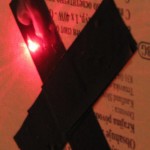
|
This article has 5 Comments
Leave a Reply
You must be logged in to post a comment.

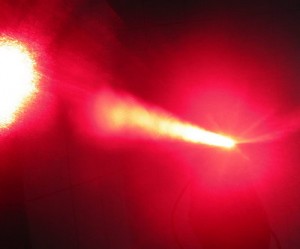
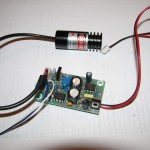
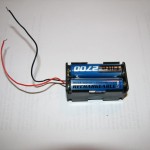
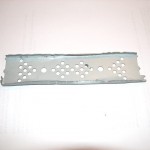
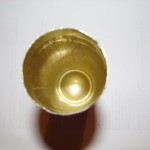
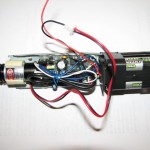
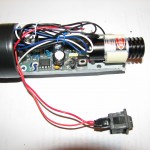
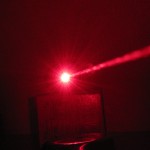
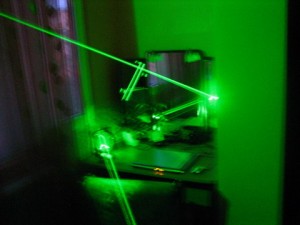
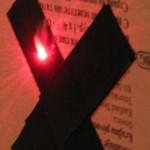
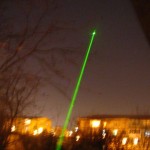
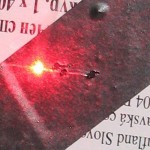
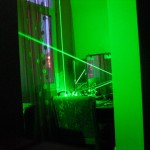
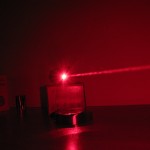
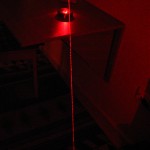
Nice. I like the lasers too.
Thank you.
salut…cam cat m-ar costa un laser k al tau?????
salut.
vezi aici:
http://shop.ebay.com/i.html?_trkparms=65%253A15%257C66%253A2%257C39%253A1&_nkw=100mw%20laser%20diode&_sc=1&_sop=15&_trksid=p3286.c0.m14&_stpos=&_fcid=167&gbr=1
Thanks for posting this, lifted my day.